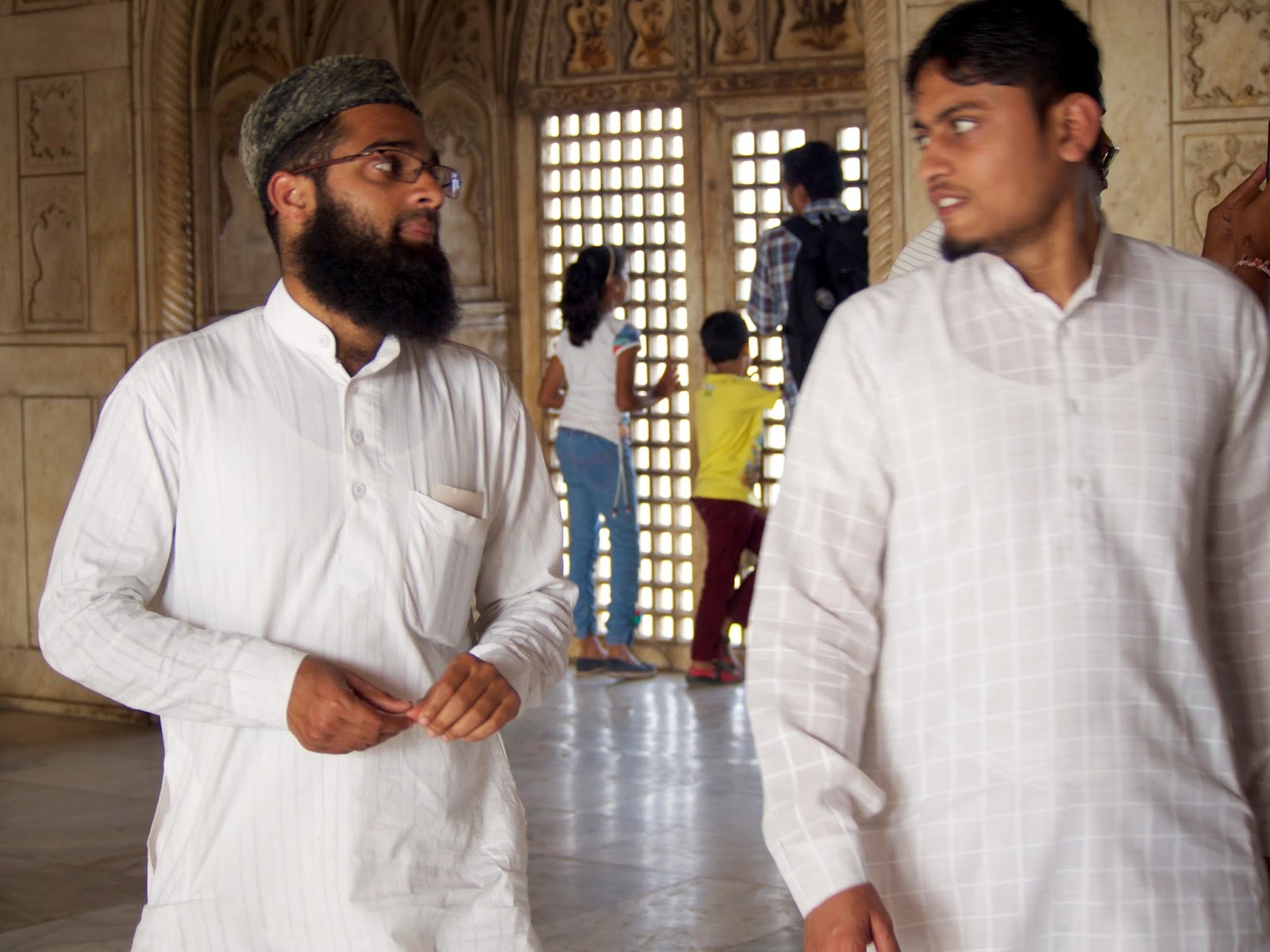Upon visiting the private K-12 CHIREC school in Hyderabad, I was eerily reminding of my days at another school of excellence, Cherry Creek High School in Colorado. The same generous optimism, dedication, competition, and opportunity breezed across campus.
While I was teaching at Cherry Creek, the expression 'Creek-style' was thrown about by parents as well as administrators, and eventually I came to interpret it as "winning with grace." Not that Creek displayed a hard-edged competitiveness, but I saw the style rather as a natural ease coming out on top in academics, sports, and the arts--with integrity and good sportsmanship.

The same style was evident at CHIREC in Archana Ajmera's tenth grade Cambridge math class. Ms. Ajmera reviewed the formulas for coordinate geometry and within minutes every student was leaning forward, working problems, comparing graphs, listening for solutions while Ms. Ajmera projected hints through a projected computer screen. The intensity was punctuated by jests, laughter, and "ah-ha" moments.
The firm and friendly English teacher for the ninth-grade group in the Cambridge wing commanded the same attention. With exams coming up, the summary review begin with a succinct list of summary skills, followed by group practice, sharing out, and then a quick evaluation of each group's writing. Bright sun filled the air conditioned room. All fifteen students were engaged.

The same thorough teaching, self discipline, and respect for learning were on display in the CBSE (Government of India's secondary education system) in an eighth grade English class reviewing Frost's "The Road Less Travelled."
Shooting hoops with students at lunch, visiting the crafts, music, and dance rooms where teachers and students were preparing for Parent Day, reminded me of Creek's commitment to educating the entire student, and many of these students had been in CHIREC since elementary days. The school has become a community that leads other top schools and supports a school in need with student volunteers and resources.
The school doesn't keep statistics on religious affiliation, but tries to create an inclusive international student body.
The tuition? Steep, but the school is ranked among the top twenty-five schools in India and includes students from around the world. When founder and director Mrs. Ratna Reddy opened the school twenty-five years ago, she set forth a vision that has given Hyderabad a unique foothold in developing twenty-first century learners in a setting of excellence. In this inner-connected world, we can only imagine the synergy when Creek meets CHIREC to address the world's problems.
 |
| CHIREC Campus |
 |
| Primary students practice for parent program. |




















